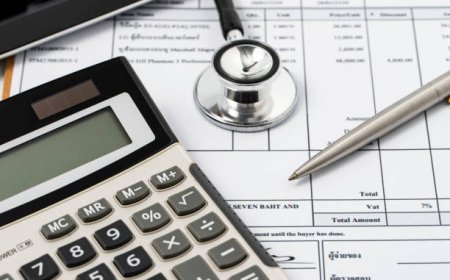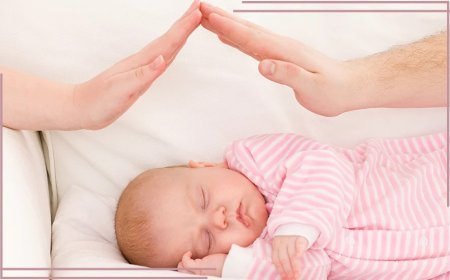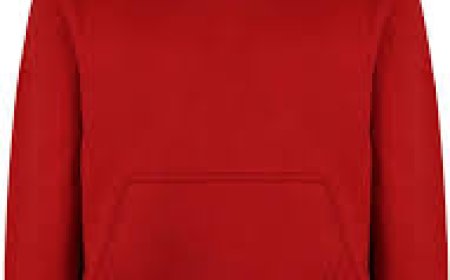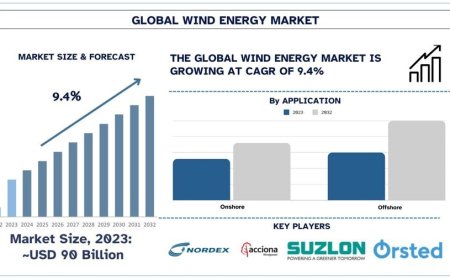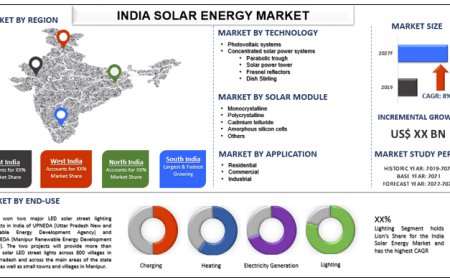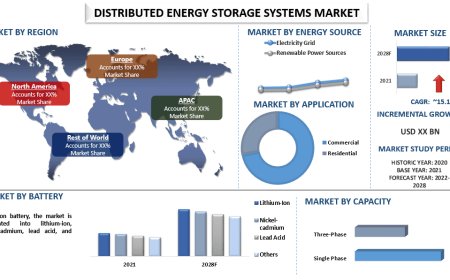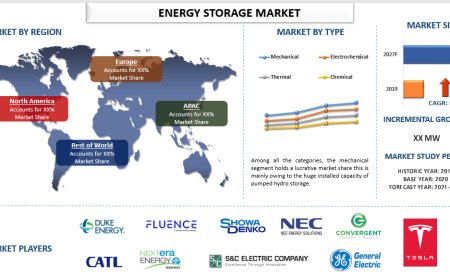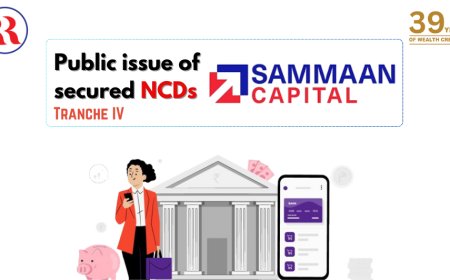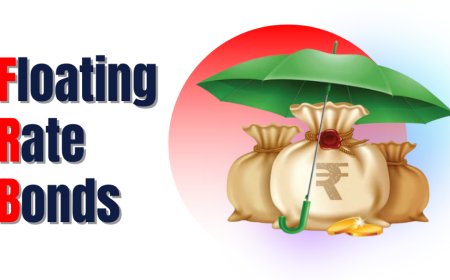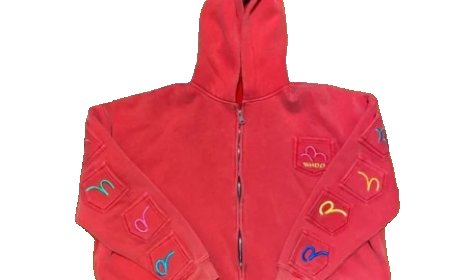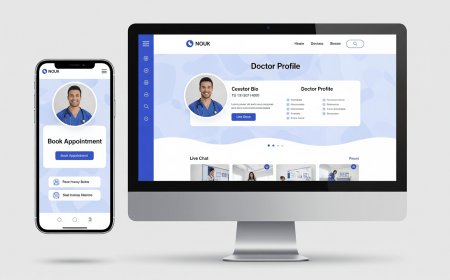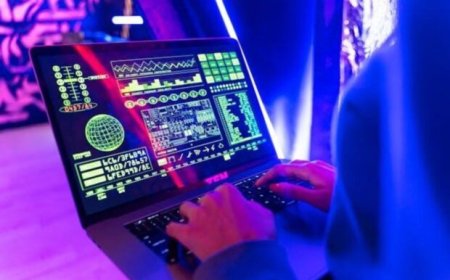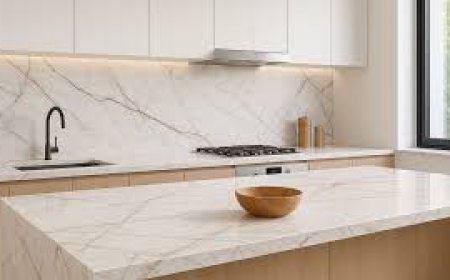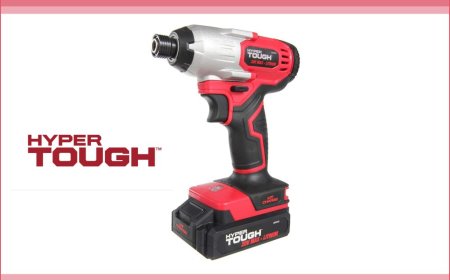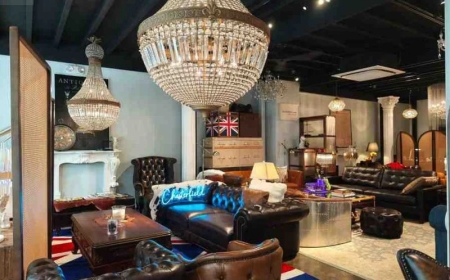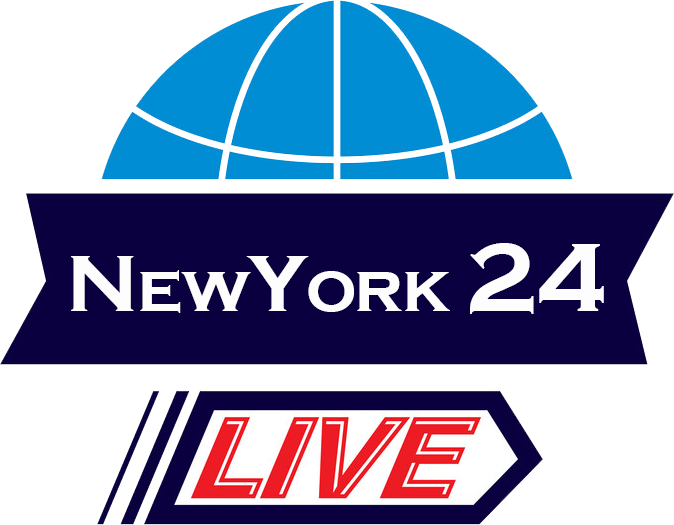Production Design Definition and Its Impact on Film Quality
Discover the production design definition and how this crucial element powerfully shapes a film’s visual impact.

Every cinematic masterpiece begins long before the director yells Action! Behind the scenes, one of the most vital yet often overlooked roles is that of the production designer. This creative powerhouse shapes the world you see on screenfrom sweeping landscapes to intimate interiorscrafting the tone, texture, and time period of the story.
Understanding the production design definition is essential for anyone exploring film production or aiming to improve cinematic storytelling. This role directly influences a films aesthetic integrity and helps immerse viewers in the storys environment.
What is Production Design in Film?
At its core, production design involves the visual world-building of a movie. It includes everything from the architecture of the sets to the textures of costumes and props. While directors and cinematographers manage the camera and actors, the production designer handles what fills the frame.
Working closely with the director, the production designer leads a team of art directors, set decorators, prop masters, and costume designers. They all collaborate to bring the scripts world to life. By establishing the mood, period, and setting, the production designer significantly contributes to a films authenticity and emotional power.
Production Design Definition in Practical Terms
In practical terms, production design definition refers to the conceptualization and execution of all the visual elements that support storytelling. It starts in pre-production with the reading of the script and evolves through sketches, storyboards, and mood boards.
The production designer will research the historical context, geographical settings, and social nuances required for the story. Every visual cuebe it the colors used in a scene or the layout of a roomis an intentional choice made to enhance storytelling.
The Impact of Production Design on Viewer Experience
A strong production design can elevate a mediocre script, while poor design can distract even from an excellent narrative. Audiences may not always consciously notice production design, but they feel its impact intuitively.
"Design isnt just what it looks like and feels like. Design is how it works." Steve Jobs.
In cinema, this means that good design subtly informs the audience about character backgrounds, themes, and even plot twists. For example, in dystopian films, the cold, metallic color palettes and stark environments instantly signal despair and control.
In many productions, platforms like Rezaid Film streamline design coordination with tools that allow collaborative planning across departments. These kinds of tools have made the intricate work of production designers more efficient and precise than ever before.
Collaborative Role in the Filmmaking Process
The production designer's responsibilities do not exist in isolation. They must closely collaborate with other departments to maintain a coherent vision throughout the film. Costume designers ensure that wardrobes match the setting, while lighting designers adjust their approach to suit the designs tone.
Moreover, a successful production designer must balance creativity with practicality. Budgets, location limitations, and time constraints all shape their decisions. In this way, production design becomes both an art and a science.
Elements that Define Strong Production Design
Before understanding how to achieve a high-impact design, it's essential to break down the elements that form its foundation. These are the tangible and intangible aspects a production designer uses to build a films world:
Set Design: The construction and dressing of interior or exterior locations to support the story.
Color Theory: Strategic use of colors to evoke emotions or symbolize themes.
Texture and Materials: Choices that convey the age, mood, or atmosphere of the setting.
Props and Decor: Objects placed within the scene to reflect character and narrative.
Lighting Integration: Working with cinematographers to ensure the sets work with lighting schemes.
A designer who masters these elements contributes deeply to the immersive nature of film.
Tools and Technologies in Modern Production Design
Modern-day production designers now use digital tools and software to design more efficiently. Programs such as SketchUp, Adobe Creative Suite, and CAD (Computer-Aided Design) allow teams to create virtual models and previews.
Storyboards and pre-visualization software also help teams coordinate scenes before shooting begins. These digital advancements not only increase productivity but also reduce costs and errors during actual filming.
Key Responsibilities and Skills for Aspiring Designers
Aspiring production designers must develop a variety of creative and logistical skills. Among the top qualities are:
Strong Visual Imagination
Leadership and Communication Skills
Research and Historical Knowledge
Attention to Detail
Proficiency in Design Software
Those entering this field should also develop an understanding of film grammar and how visual elements can reflect character psychology, plot development, and themes.
Conclusion
Understanding the production design definition opens up a greater appreciation of the countless visual decisions that make a movie believable, emotional, and unforgettable. Far beyond just "set decoration," production design is the backbone of a films visual storytelling.
It sets the stage for characters to live and breathe, adds layers to the narrative, and ultimately shapes how audiences interpret the story. For filmmakers, it's a vital craft. For audiences, it's a silent guide through the world of cinema. Whether you're watching a period drama or a futuristic thriller, the production designer has already done their job if youve been transported to another world without even noticing how.






